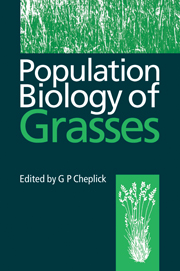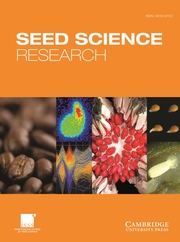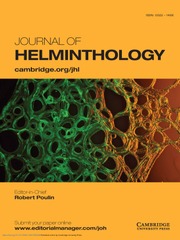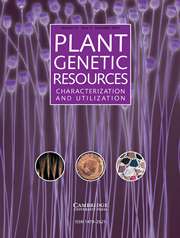Reproductive Versatility in the Grasses
An authoritative guide to current problems in the world's most important plant families including cereals, the major forages, amenity grasses and those able to stabilize desert margins. After dealing with a computerized approach to grass taxonomy, the book considers in detail the grass spikelet. Thereafter, it examines fertilization, apomixis, and the structure of grass populations. The helpful role of grasses in reversing the trend toward desertification is also considered. The book then examines how molecular biology and tissue culture can be used with grass pollens to mitigate hay fever. Finally, the book seeks to identify some of the current major themes and key issues in grass research.
Product details
April 2011Paperback
9780521188913
314 pages
229 × 152 × 18 mm
0.46kg
Available
Table of Contents
- Preface
- List of contributors
- Acknowledgements
- 1. The grass family, Poaceae L. Watson
- 2. The spikelet W. D. Clayton
- 3. Ovule structure and diversity G. P. Chapman and J. Greenham
- 4. Fertilisation and early embryogenesis H. Lloyd Mogensen
- 5. Apomixis E. C. Bashaw and W. W. Hanna
- 6. Implications of reproductive versatility for the structure of grass populations A. J. Richards
- 7. An assessment of grass succession, utilisation and development in the arid zone M. D. Kernick
- 8. In Vitro technology P. A. Lazzeri, J. Kollmorgen and H. Lorz
- 9. Reproduction and recognitiion phenomena in the poaceae R. B. Knox and M. B. Singh
- 10. The widening perspective: reproductive biology of bamboos, some dryland grasses and cereals G. P. Chapman
- Organism index
- Subject index.











